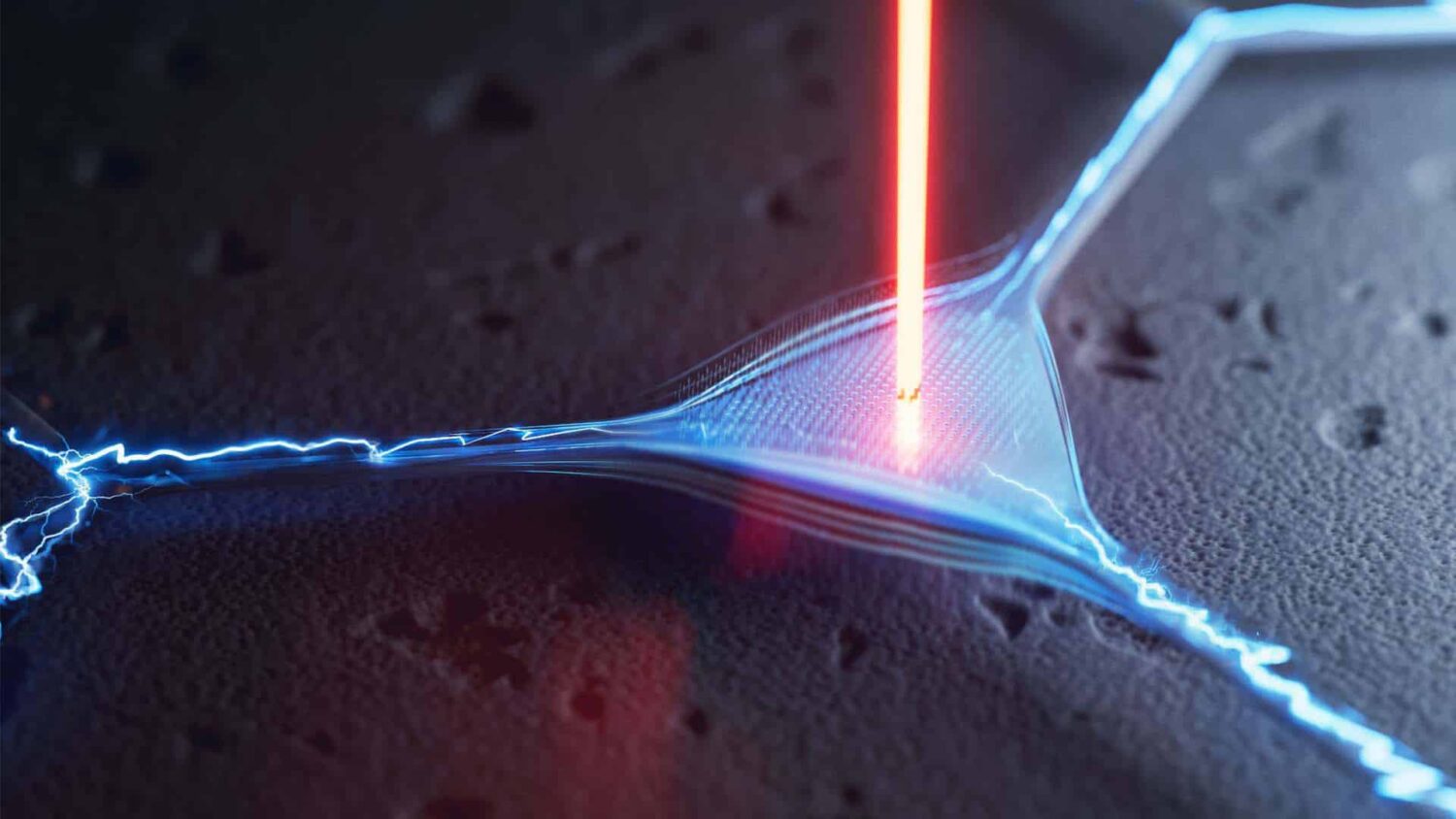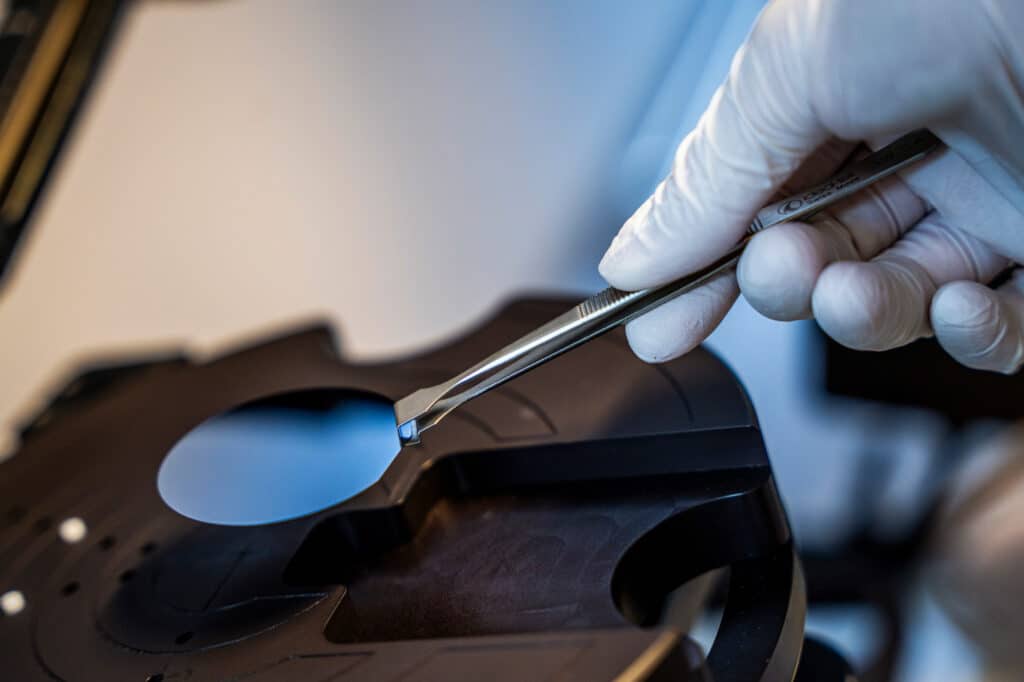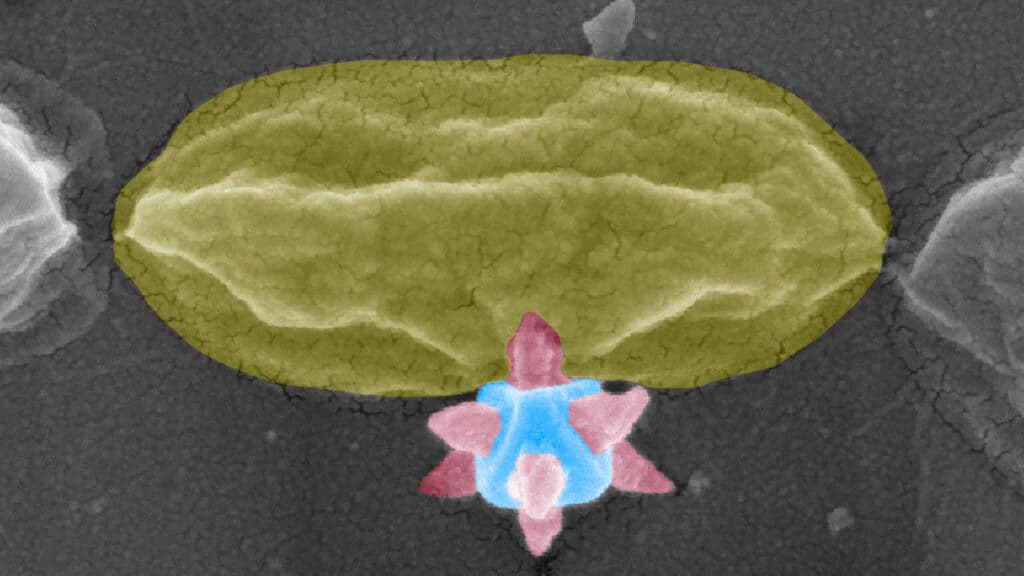Mechanical resonators have been used for centuries for a multitude of applications. A key aspect of these devices is their ability to vibrate at specific frequencies. A well-known example is the tuning fork. When struck, the tuning fork oscillates at its resonance frequency, producing a sound wave within our hearing range. With advancements in microfabrication techniques, researchers have been able to shrink mechanical resonators down to the micro- and nanometer scale. At these tiny sizes, resonators oscillate at much higher frequencies and exhibit a greater sensitivity compared to their macroscopic counterparts.
“These properties make them useful in precision experiments, for example for sensing minuscule forces or mass changes. Recently, nanomechanical resonators have raised significant interest among quantum physicists due to their potential use in quantum technologies. For example, the use of quantum states of motion would improve the sensitivity of nanomechanical resonators even further,” says Witlef Wieczorek, Professor of Physics at Chalmers University of Technology and project leader of the study.
A common requirement for these applications is that nanomechanical resonators need to sustain their oscillation for long times without losing their energy. This ability is quantified by the mechanical quality factor. A large mechanical quality factor also implies that the resonator exhibits enhanced sensitivity and that quantum states of motion live longer. These properties are highly sought after in sensing and quantum technology applications.





